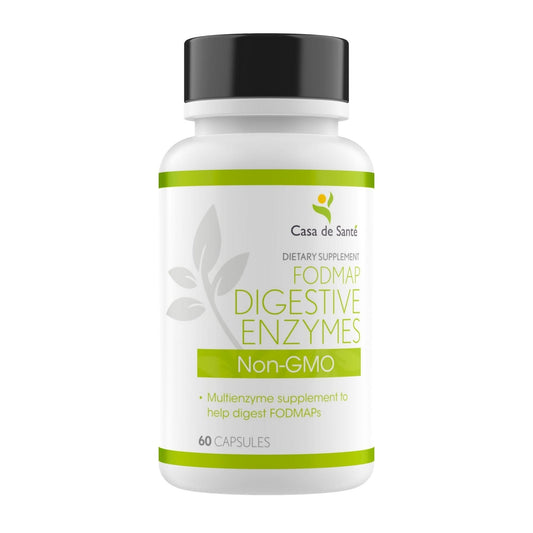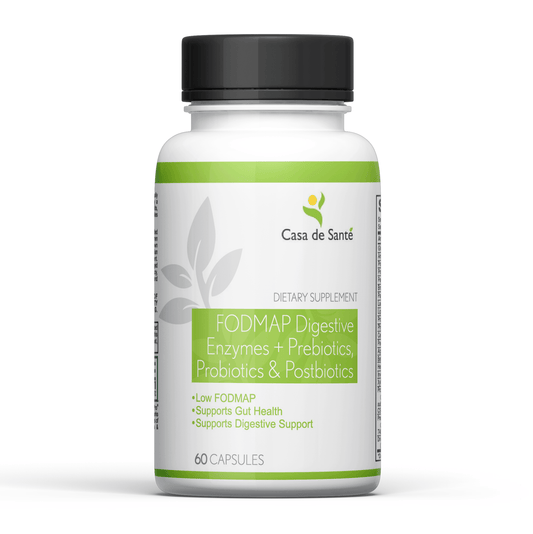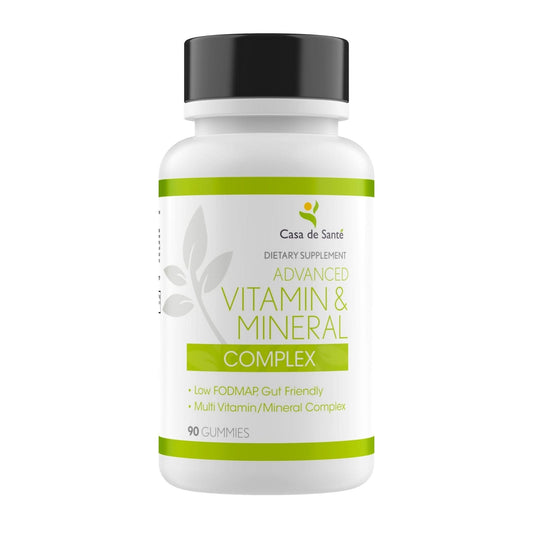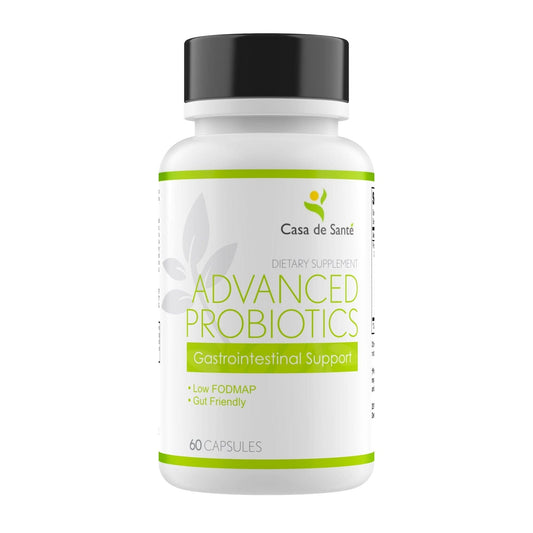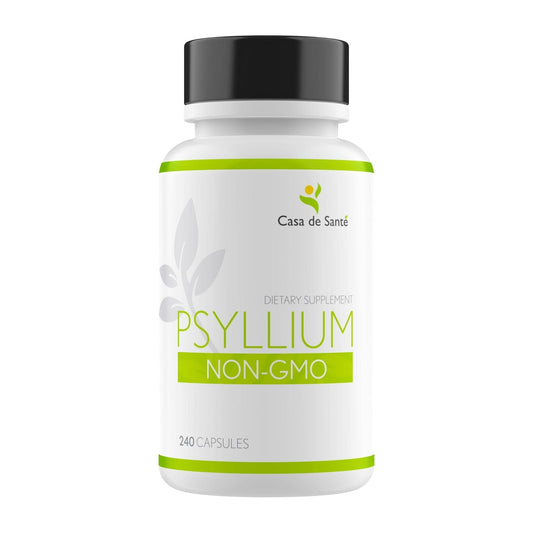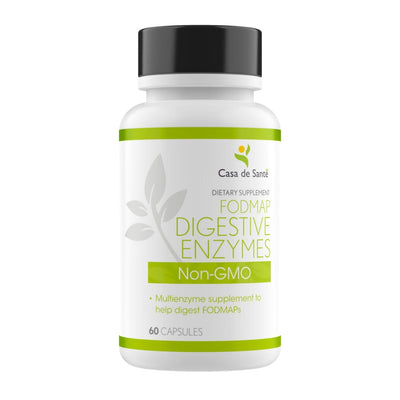What Is Lactose Free Cheese
What Is Lactose Free Cheese
Lactose intolerance is a common condition that affects many individuals. For those who are lactose intolerant, consuming dairy products can cause discomfort and digestive issues. However, with the rise in popularity of lactose free alternatives, individuals can still enjoy the taste and texture of cheese without the negative side effects.
Understanding Lactose Intolerance
In order to understand lactose-free cheese, it is important to first grasp the concept of lactose intolerance. Lactose is a natural sugar found in milk and other dairy products. In order for the body to digest lactose properly, an enzyme called lactase is required. Lactase breaks down lactose into two simple sugars, glucose and galactose, which can then be easily absorbed by the body.
What is Lactose Intolerance?
Lactose intolerance occurs when the body lacks or produces insufficient amounts of lactase, resulting in the inability to fully digest lactose. This can lead to various digestive symptoms such as bloating, gas, diarrhea, and stomach cramps. It is important to note that lactose intolerance is different from a milk allergy, where the body reacts to the proteins in milk rather than the lactose itself.
Symptoms of Lactose Intolerance
The symptoms of lactose intolerance can vary from person to person, but often include bloating, cramping, diarrhea, and gas. These symptoms usually occur within a few hours of consuming lactose-containing foods or beverages. If you suspect you may be lactose intolerant, it is recommended to consult with a healthcare professional for proper diagnosis and guidance.
Lactose intolerance is a common condition that affects a significant portion of the population. In fact, it is estimated that approximately 65% of the global population has a reduced ability to digest lactose after infancy. The prevalence of lactose intolerance varies among different ethnic groups, with some being more genetically predisposed to the condition than others.
While lactose intolerance is not a life-threatening condition, it can significantly impact an individual's quality of life. Many people with lactose intolerance find it challenging to enjoy dairy products, as they often experience discomfort and digestive issues after consuming them. This has led to the development of lactose-free alternatives, such as lactose-free cheese.
Lactose-free cheese is specially formulated to be low in lactose or completely lactose-free. It is made using lactase enzymes that break down the lactose into its simpler forms, making it easier for individuals with lactose intolerance to digest. This allows lactose-intolerant individuals to enjoy the taste and texture of cheese without experiencing the unpleasant symptoms associated with lactose intolerance.
There are various types of lactose-free cheese available in the market, including cheddar, mozzarella, and Swiss. These cheeses are made using lactose-free milk or by adding lactase enzymes during the cheese-making process. The result is a cheese that is virtually free of lactose, making it suitable for individuals with lactose intolerance to consume without any issues.
It is important to note that lactose-free cheese may not be suitable for individuals with severe lactose intolerance or those who have a dairy allergy. In such cases, it is best to consult with a healthcare professional or a registered dietitian to determine the most appropriate alternatives.
In conclusion, lactose intolerance is a common condition that affects a significant portion of the population. It is characterized by the body's inability to fully digest lactose, resulting in various digestive symptoms. Lactose-free cheese offers a viable alternative for individuals with lactose intolerance, allowing them to enjoy the taste and benefits of cheese without discomfort.
The Science Behind Lactose Free Cheese
Lactose free cheese is a great alternative for individuals who are lactose intolerant but still want to enjoy the flavors and textures of cheese. So, how exactly is lactose free cheese made? Let's take a closer look.
When it comes to lactose free cheese, the process begins with regular dairy milk. However, during the cheese-making process, there is a crucial step that sets it apart from traditional cheese production. The lactose present in the milk is enzymatically broken down into its simpler components, glucose and galactose. This enzymatic degradation is achieved by adding lactase, the enzyme responsible for breaking down lactose, to the milk. By doing so, the lactose in the milk is converted into glucose and galactose, making the cheese virtually lactose free.
But how does this enzymatic breakdown actually occur? Lactase, the key player in this process, is an enzyme naturally produced in the small intestine of mammals, including humans. Its primary role is to break down lactose, the sugar found in milk. However, some individuals lack sufficient amounts of lactase, leading to lactose intolerance. By adding lactase to the milk during the cheese-making process, the lactose is effectively broken down, allowing lactose intolerant individuals to enjoy cheese without experiencing uncomfortable symptoms.
Nutritional Differences Between Regular and Lactose Free Cheese
While lactose free cheese provides a solution for those with lactose intolerance, it is important to note that there are some nutritional differences compared to regular cheese. Lactose free cheese may have a slightly lower lactose content, but it still retains the same nutritional value as regular cheese, including protein, calcium, and other essential nutrients.
Protein, for example, is an essential macronutrient that plays a crucial role in building and repairing tissues in the body. Lactose free cheese, just like regular cheese, is a good source of protein, making it a valuable addition to a balanced diet. Calcium, another vital nutrient, is also present in lactose free cheese. Calcium is essential for maintaining strong bones and teeth, and lactose free cheese can contribute to meeting daily calcium requirements.
In addition to protein and calcium, lactose free cheese also contains other essential nutrients, such as vitamins and minerals. These nutrients are important for various bodily functions, including energy production, immune system support, and cell growth and repair.
When it comes to taste and texture, lactose free cheese does not compromise. It can still provide the same creamy, rich, and savory experience as regular cheese. Whether melted on a pizza, grated over pasta, or enjoyed on its own, lactose free cheese allows individuals with lactose intolerance to savor the flavors they love without any discomfort.
Types of Lactose Free Cheese
There are various types of lactose free cheese available, allowing individuals with lactose intolerance to enjoy a wide range of flavors and options.
One popular type of lactose free cheese is lactose free Cheddar. Known for its sharp and tangy flavor, lactose free Cheddar is made using the same lactose-free process mentioned earlier. It is a versatile cheese that can be used in sandwiches, melted on top of burgers, or grated over pasta dishes.
Another delicious option is lactose free Mozzarella. This cheese is known for its stretchy texture and mild taste. Lactose free Mozzarella is perfect for pizzas, lasagnas, and caprese salads.
If you prefer a cheese with a nutty and slightly sweet flavor, lactose free Swiss cheese is the way to go. This cheese is characterized by its distinctive holes and is often used in sandwiches, fondues, and quiches.
Popular Brands of Lactose Free Cheese
Several popular brands offer lactose free cheese options, such as Cheddar, Mozzarella, and Swiss. These cheeses are made using the same lactose-free process mentioned earlier, providing a delicious alternative for those with lactose intolerance.
One well-known brand that offers lactose free cheese is XYZ Cheese Company. They have a wide range of lactose free cheese options, including Cheddar, Mozzarella, and Swiss. Their lactose free Cheddar is aged to perfection, resulting in a rich and flavorful cheese that can be enjoyed on its own or in various dishes.
Another popular brand is ABC Dairy. They specialize in lactose free Mozzarella, which is made using high-quality milk and traditional cheese-making techniques. Their lactose free Mozzarella has a creamy and smooth texture, making it ideal for melting on pizzas or adding to pasta dishes.
Homemade Lactose Free Cheese Options
If you prefer a more hands-on approach, you can even make your own lactose free cheese at home. There are numerous recipes and techniques available that use lactose-free milk and lactase enzyme to create homemade lactose free cheese.
One simple recipe for homemade lactose free cheese involves combining lactose-free milk, a few drops of lactase enzyme, and a cheese starter culture. The mixture is then heated and allowed to set, resulting in a creamy and flavorful cheese that can be enjoyed in various dishes.
For those who enjoy experimenting in the kitchen, there are also recipes available for homemade lactose free flavored cheeses. From herb-infused Cheddar to spicy pepper Jack, the possibilities are endless when it comes to creating your own unique lactose free cheese flavors.
So whether you prefer the convenience of store-bought lactose free cheese or the satisfaction of making your own at home, there are plenty of options available to satisfy your cheese cravings, even if you have lactose intolerance.
Incorporating Lactose Free Cheese into Your Diet
Incorporating lactose free cheese into your diet can help you enjoy the taste of cheese without the discomfort and digestive issues.
Delicious Lactose Free Cheese Recipes
There are countless delicious recipes that feature lactose free cheese as a key ingredient. From cheesy pasta dishes to mouthwatering grilled cheese sandwiches, the possibilities are endless. Experiment with different recipes and discover new ways to savor the flavors of lactose free cheese.
Where to Buy Lactose Free Cheese
Lactose free cheese can be found in most major grocery stores, often in the dairy or specialty cheese section. Additionally, many online retailers offer a wide selection of lactose free cheese options, making it convenient to enjoy this tasty alternative.
Health Benefits and Risks of Lactose Free Cheese
Like any food, lactose free cheese has its own set of pros and cons. It is important to understand the potential benefits and risks before incorporating it into your diet.
Pros and Cons of Consuming Lactose Free Cheese
The main advantage of lactose free cheese is that it allows individuals with lactose intolerance to still enjoy the taste and texture of cheese without experiencing digestive issues. On the other hand, some lactose free cheeses may be slightly more expensive and have a slightly different taste compared to regular cheese. It is also worth noting that lactose free cheese is not suitable for individuals with a milk allergy.
Expert Opinions on Lactose Free Cheese
Many experts agree that lactose free cheese can be a suitable alternative for individuals with lactose intolerance. However, it is always important to consult with a healthcare professional or registered dietitian for personalized advice based on your specific dietary needs and health concerns.
In conclusion, lactose free cheese offers a delicious and satisfying option for individuals with lactose intolerance. Understanding lactose intolerance and the process behind lactose free cheese production can help you make informed choices and enjoy this tasty alternative in your diet. Whether you opt for popular brands or prefer to make your own, lactose free cheese can be a versatile and enjoyable addition to your culinary repertoire. So go ahead, indulge in the cheesy goodness without the digestive discomfort!



